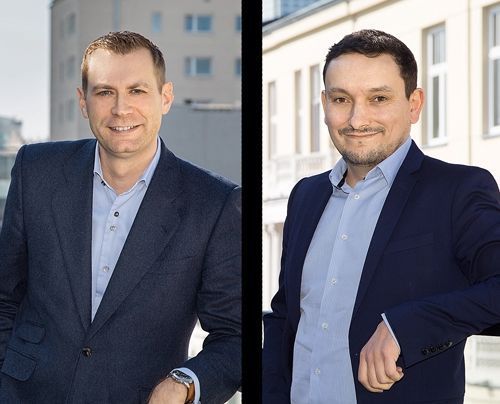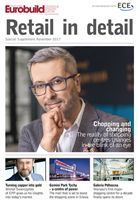Magdalena Rachwald, ‘Eurobuild CEE’: Does working with large investors, such as those that Sud Architekt Polska designs for, provide architects with greater opportunities?
Nicolas Roques, director of foreign markets and partner, Sud Architekt Polska: You could say that we are lucky because we can work on such interesting projects of such a great scale, including Forum Gdańsk for Multi Poland and the project for Expo 2022 in Łódź we are preparing jointly with the city of Łódź and Deloitte. It gives us opportunities but also responsibilities. On the other hand, I believe that the size of a project is not the decisive factor. Any company that commissions us must be large but also ambitious and set our architects an interesting challenge – and this is not an obvious thing for investors and developers who operate on a large scale.
Jocelyn Fillard, architecture director and partner, Sud Architekt Polska: We do not have many opportunities to work with smaller in































































